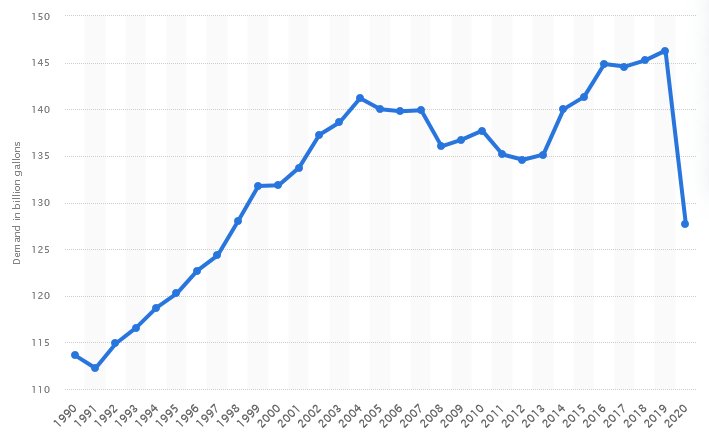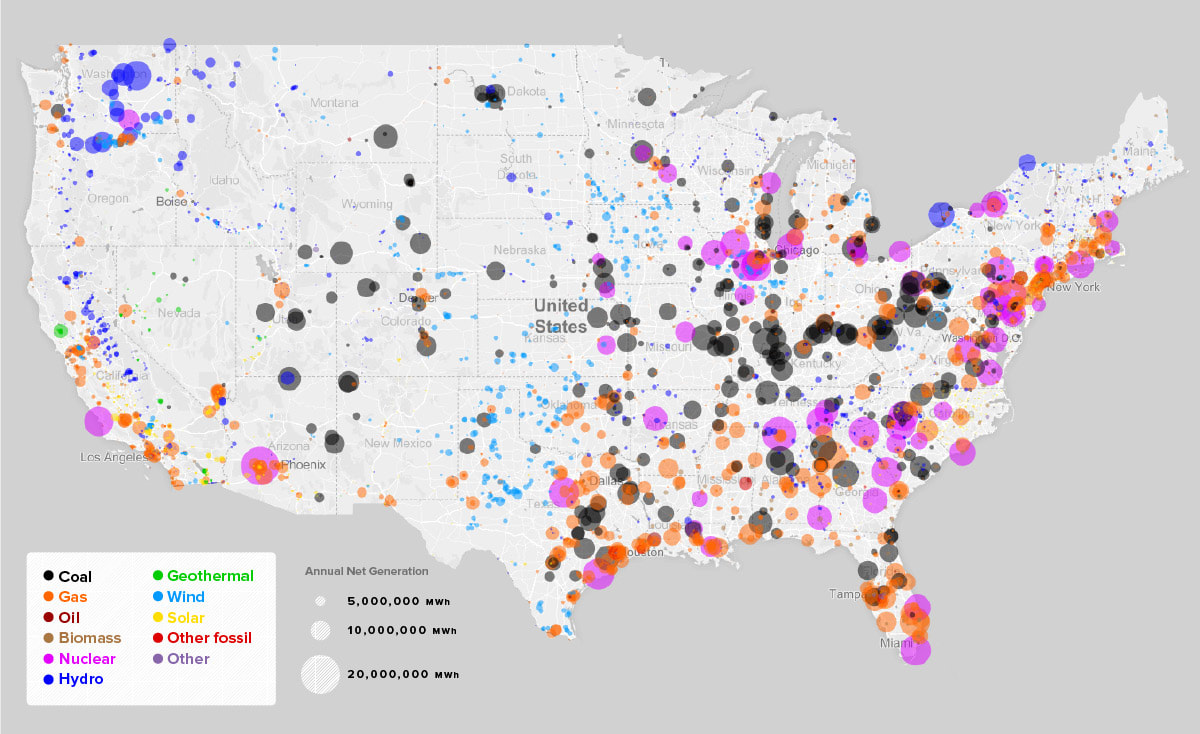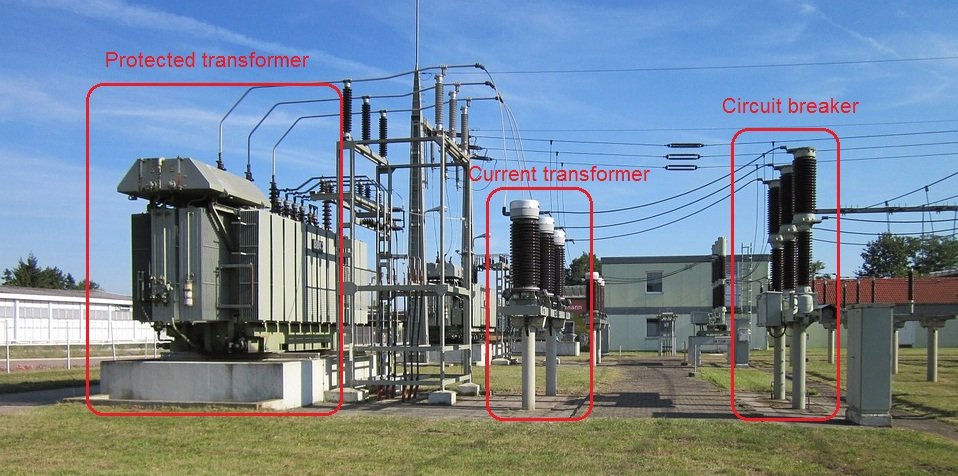Let's Go!
How Much Energy Do Cars Use?
The US consumed about 146.29 Billion gallons of gasoline in 2019, the last year when we had a functioning economy. (We consumed only 128 Billion during the COVID lock downs of 2020).
One gallon of gas delivers 120,286 BTUs (it's Science). So, the total energy consumed in the form of gasoline was 17,600,000,000,000,000 BTUs (that is a BIGLY number).
A BTU is a really tiny amount of energy so let's convert into equivalent kilowatt-hours (kWh) which is more familiar and convenient measure. One kWh is equivalent to 3,412.14 BTUs (honest, it's Science).
- To understand how tiny a BTU is, the average household in Illinois (2,186 square feet) consumes 129 Million BTU per year (mostly for heating, hot water and gas dryers).
So, the amount of energy consumed as gasoline in 2019 was 5,157,068,273,869 kWh. This number is still too big to deal with so let’s express it in TeraWatt-hours as 5,157 TWh.
Only about 30% of the thermal energy (I.e. BTUs) is converted to mechanical energy by an ICE and the other 70% is wasted (as heat through the radiator and exhaust). If we assume that an EV is 100% efficient then it will ‘only’ require about 1,547 TWh to operate 270+ million cars in America.
How Much Electricity Does the US Produce?
OK, we have a rough idea of how much electricity we would need to power all our cars. How does this compare to how much electricity we can produce?
The United States produces the 2nd greatest amount of electricity in the world (We are surpassed only by China).
The US produced/consumed roughly 4,000 TWh at our peak in 2018 and slightly less in 2019, 2020 and 2021. Please note that our production has been flat since 2010.... many new natural gas (NG) plants have been built but coal-fired plants have been retired. There has been NO expansion of capacity in 12 years.
This is somewhat open to speculation and debate.
To power 100% EVs we will need to increase our current production from 4,000 TWh to 5,547 TWh... which is a 39% increase over the next 15 years. I will again point out that we have had ZERO increase over the past 12 years.
- Sidebar - As a sanity check I looked at other authorities and Forbes claims it would only require 1,106.6 TWh to run all 270+ Million cars in America per year. I assume they are ignoring vans, trucks and other heavy vehicles. Also, the author is a Brit... so I’m going to stick with my number, which is about 40% higher... why would anyone trust a Brit?
So, if everything is perfect... if the sun is shining... if the wind is blowing... if there are no storms... and if nothing ever has to be shut down for maintenance... then the Brit is correct. (Perhaps that's why the Brits are freezing their arses off and rationing food... God Save The Queen).
OK, What Will It Take?
I'm glad you asked.
I really like the fact that our grid has a substantial 'safety factor'. I am concerned that the Green New Deal transition to unreliable renewables (sun, wind, unicorn farts) will reduce this safety factor (recall the California rolling blackouts and the grid collapse in Texas due to snow).
To make a transition to EVs AND a greater reliance on unreliable renewables we MUST expand our electric generation capacity by at least 39% over the next 15 years (and that assumes there is zero economic growth... just a transition to EVs and renewables). BTW, the experts at Statista calculate that we will need to increase power capacity by 36% by 2035... and they are Unicorn Fart Progressives.
There are currently 11,070 utility-scale power plants in the US, so increasing capacity by 39% is possible but it will be a substantial undertaking and cost Billions of $$
Here's a map of ALL the power plants in the United States.
Of course the Climate Change Hysterians will not be happy about replacing evil gasoline with evil NG. Large scale solar facilities cost roughly twice as much as equivalent NG facilities so the cost would be on the order of $4 Trillion (and it would be unreliable).
Please note that replacing gasoline (which we have in abundance) does not make transportation faster, safer or more comfortable. It is $2T - $4T spent for virtue signaling and to make billionaires, like Jeff Bezos and Elon Musk, even more billions.
In the previous post I talked briefly about charging stations.
There are currently about 110,000 service stations in America and they employ about 900,000 people. As I mentioned in the previous report, in the future many people will have charging stations at their residence or where they work. We might see 20,000 - 40,000 urban/town service stations go out of business (maybe they will all become Dope Dispensaries, Payday Loan stores or Body Armor Outlets).
On the other hand, every service station along the highways and Interstates will need to have dozens of Superchargers and a substation to deliver the power. The Service Station of the future will look like this. Invest in Siemens.
In the next post, let's talk about the negative environmental impact of this 'Green' transition.






 RSS Feed
RSS Feed